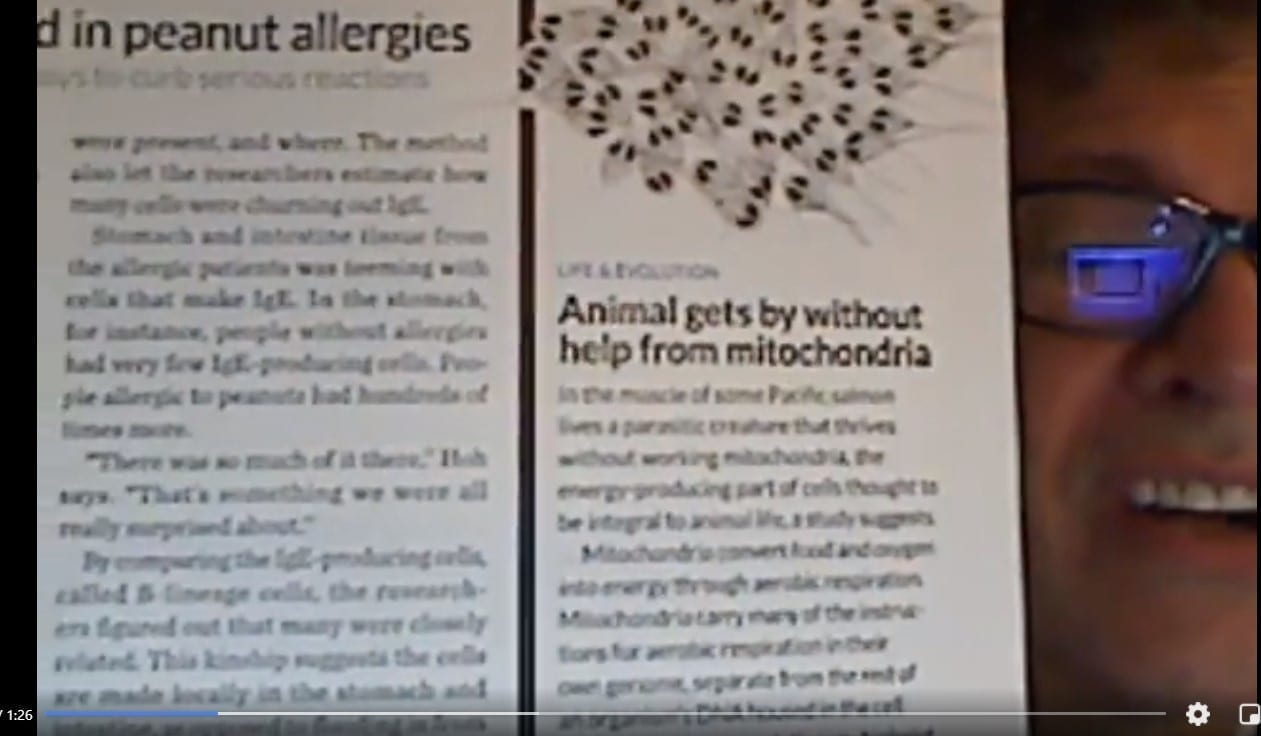The German astronomer, Sir William Herschel, would explore the night skies in great detail over the course of his lifetime.
The majesty of our Creator’s heavenly handiwork was increasingly revealed through his important discoveries.
Quite a grand description of the planet Saturn was expressed by Herschel after careful observations through his telescope:
There is not perhaps another object in the heavens that presents us with such a variety of extraordinary phenomena as the planet Saturn: a magnificent globe, encompassed by a stupendous double ring: attended by seven satellites: ornamented with equatorial belts: compressed at the poles: turning upon its axis: mutually eclipsing its ring and satellites, and eclipsed by them…
While this description was excellent for the technology available to Herschel, we now count 62 known moons, and 9 apparent rings.
Through his studies as to the shape of our Milky Way galaxy, he noted that it was certain that
…the breaking up of the milky way affords a proof that it cannot last forever, it equally bears witness that its past duration cannot be admitted to be infinite.
Over the next 7 years, Herschel would catalog all of the stars magnitude 1 thru 4, measure the height of one hundred lunar mountains, and observe in great detail double stars and nebulae like the Great Orion Nebula.
But the surprise came in 1781 when he made a discovery that changed the astronomy of his day. For nearly a century, since Cassini’s discovery of 4 new moons around Saturn, no celestial bodies had been added to the solar system.
Herschel’s find was not merely another planetary satellite, but another planet entirely. The planet Uranus.
I’m David Rives,
Truly, the Heavens Declare the Glory of God.
LIKE David’s FB page here: http://www.facebook.com/DavidRivesMinistries
FOLLOW us on Twitter: http://twitter.com/TheDavidRives
VISIT our official website for tons of free information: http://www.davidrivesministries.org
David Rives MUSIC: http://www.davidrivesmusic.com
For the TBN show “Creation in the 21st Century”: http://www.creationinthe21stcentury.com





